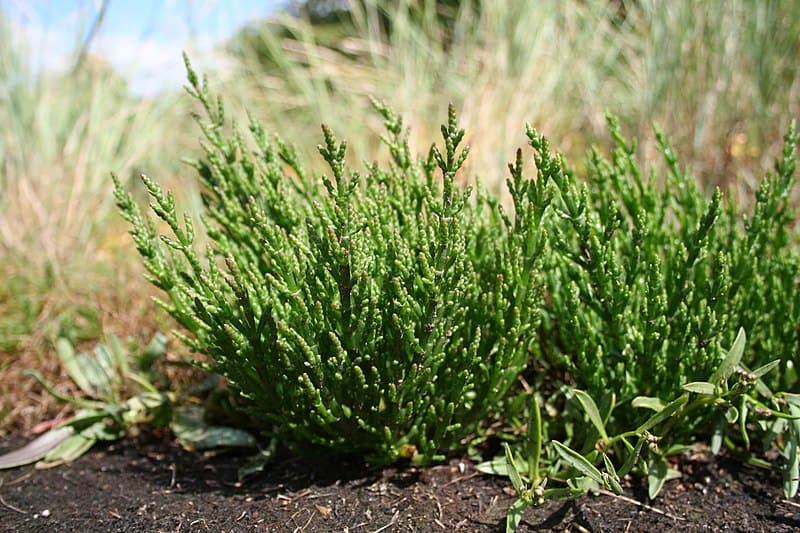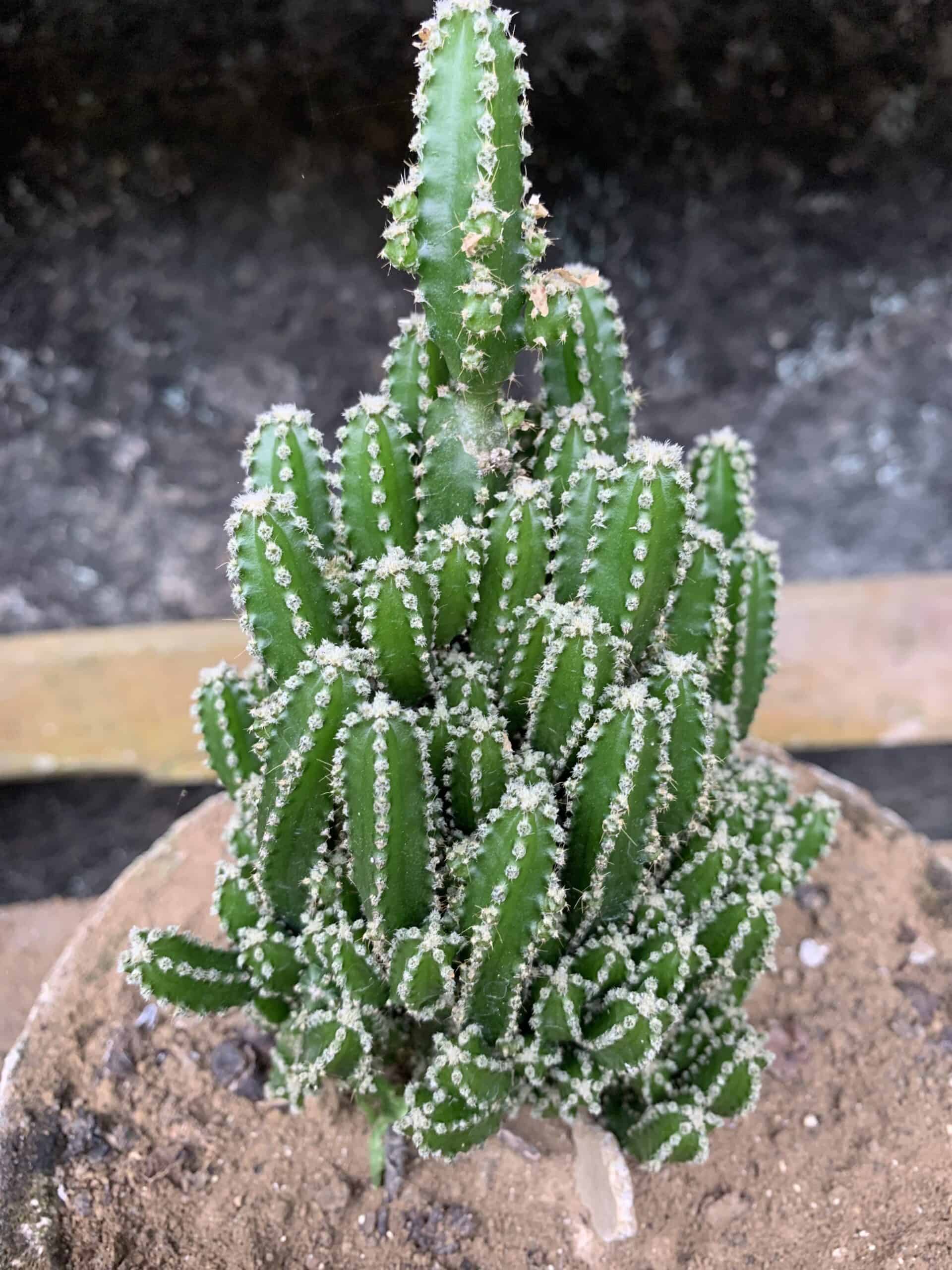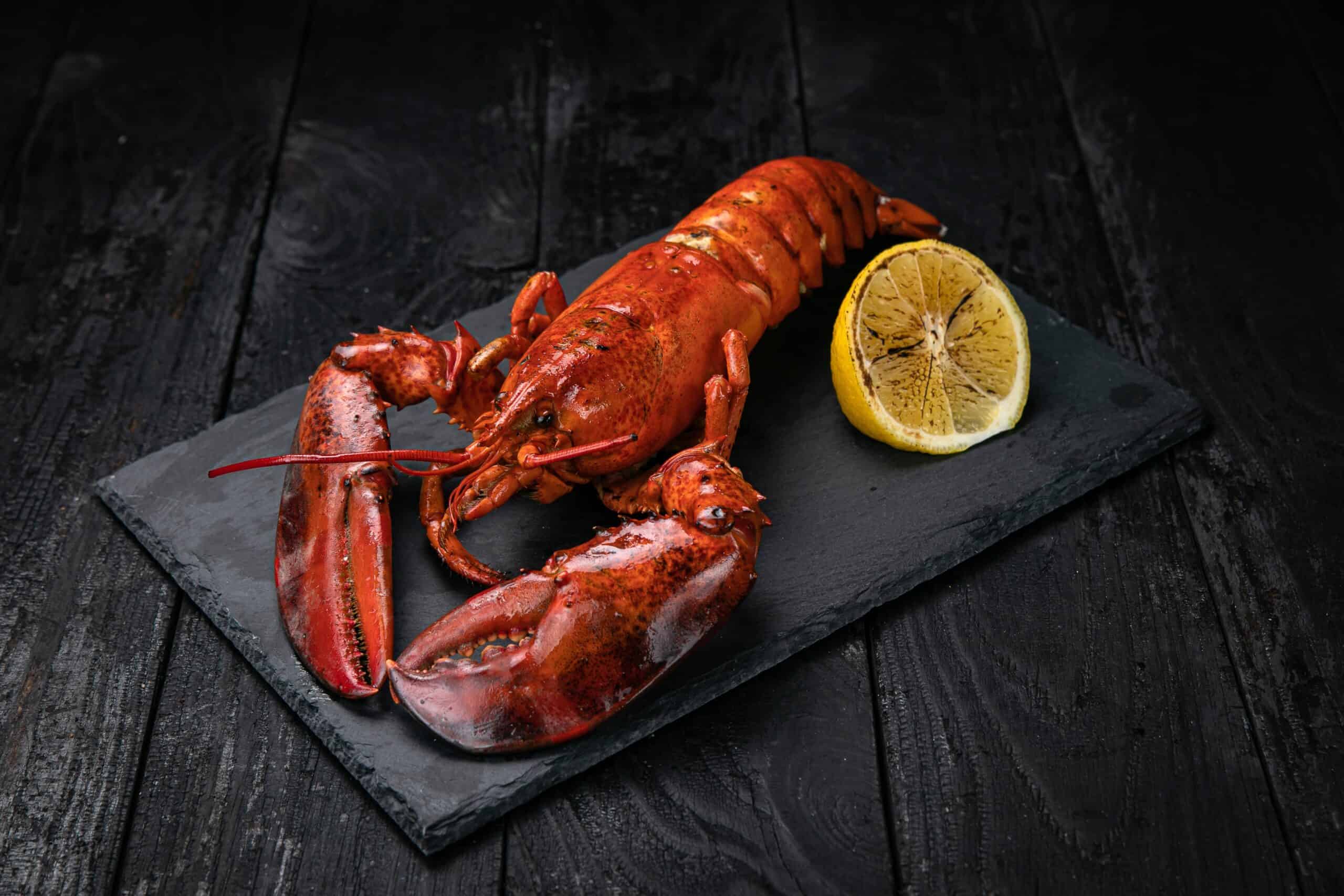Exploring the world of vegetables can uncover a variety of unique and rare options that many people have never encountered. From visually stunning tubers to flavorful leafy greens, these lesser-known vegetables offer not only distinct tastes but also impressive nutritional benefits. Whether you’re looking to diversify your diet or add an exotic twist to your culinary creations, discovering these rare vegetables can be both exciting and rewarding. Let’s delve into 20 rare vegetables you probably didn’t know existed and learn about their unique characteristics and culinary uses.
Oca (Oxalis tuberosa)
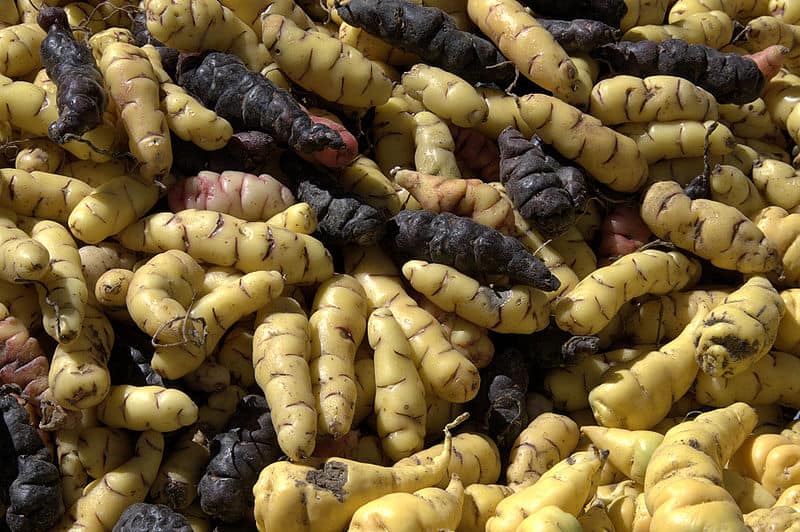
Oca, also known as New Zealand yam, is a vibrant tuber that comes in a variety of colors including red, yellow, and orange. Originating from the Andean region, it boasts a tangy, slightly lemony flavor. This vegetable is rich in vitamin C and offers a unique combination of sweet and tart tastes. The tubers can be eaten raw or cooked, adding versatility to its culinary uses. Its crisp texture makes it a delightful addition to salads and stir-fries.
Romanesco (Brassica oleracea)
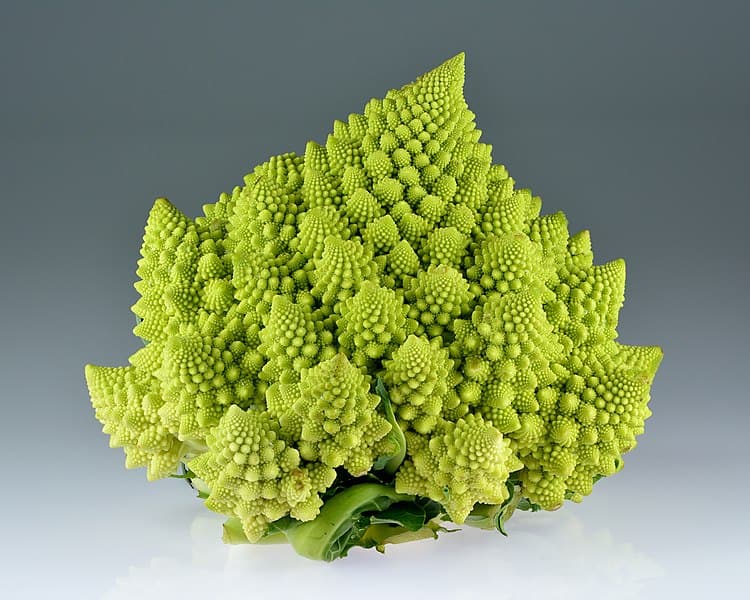
Romanesco, often called Romanesco broccoli, is a visually stunning vegetable with its fractal, spiraled green florets. This unique appearance is matched by a delicate, nutty flavor, somewhere between broccoli and cauliflower. It’s not just a treat for the eyes but also a nutritional powerhouse, high in vitamin C and dietary fiber. Romanesco can be enjoyed raw, steamed, or roasted, making it a versatile ingredient. Its striking geometry makes it a favorite in gourmet presentations.
Mashua (Tropaeolum tuberosum)
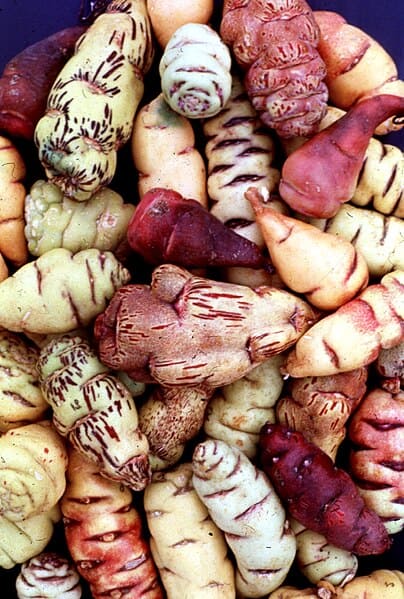
Native to the Andean region, Mashua is a tuber with a strong peppery flavor and a strikingly vivid color palette. Its high resistance to pests and diseases makes it a robust crop. The tubers are rich in antioxidants and have been used traditionally for their medicinal properties. Mashua can be roasted, boiled, or even fried, bringing a spicy kick to dishes. Its unique taste might be an acquired one, but it’s a staple in Andean cuisine.
Celtuce (Lactuca sativa var. asparagina)
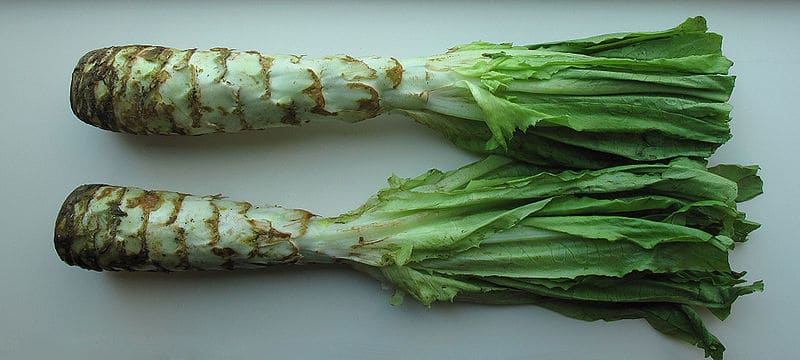
Celtuce, also known as stem lettuce or asparagus lettuce, is a leafy green with a thick, crunchy stem. This vegetable is highly prized in Chinese cuisine for its mild, nutty flavor and tender texture. The leaves can be used like regular lettuce, while the stem is often stir-fried or pickled. Celtuce is low in calories yet high in vitamins A and C, making it a nutritious choice. Its versatility and unique taste profile make it a hidden gem in the vegetable world.
Skirret (Sium sisarum)
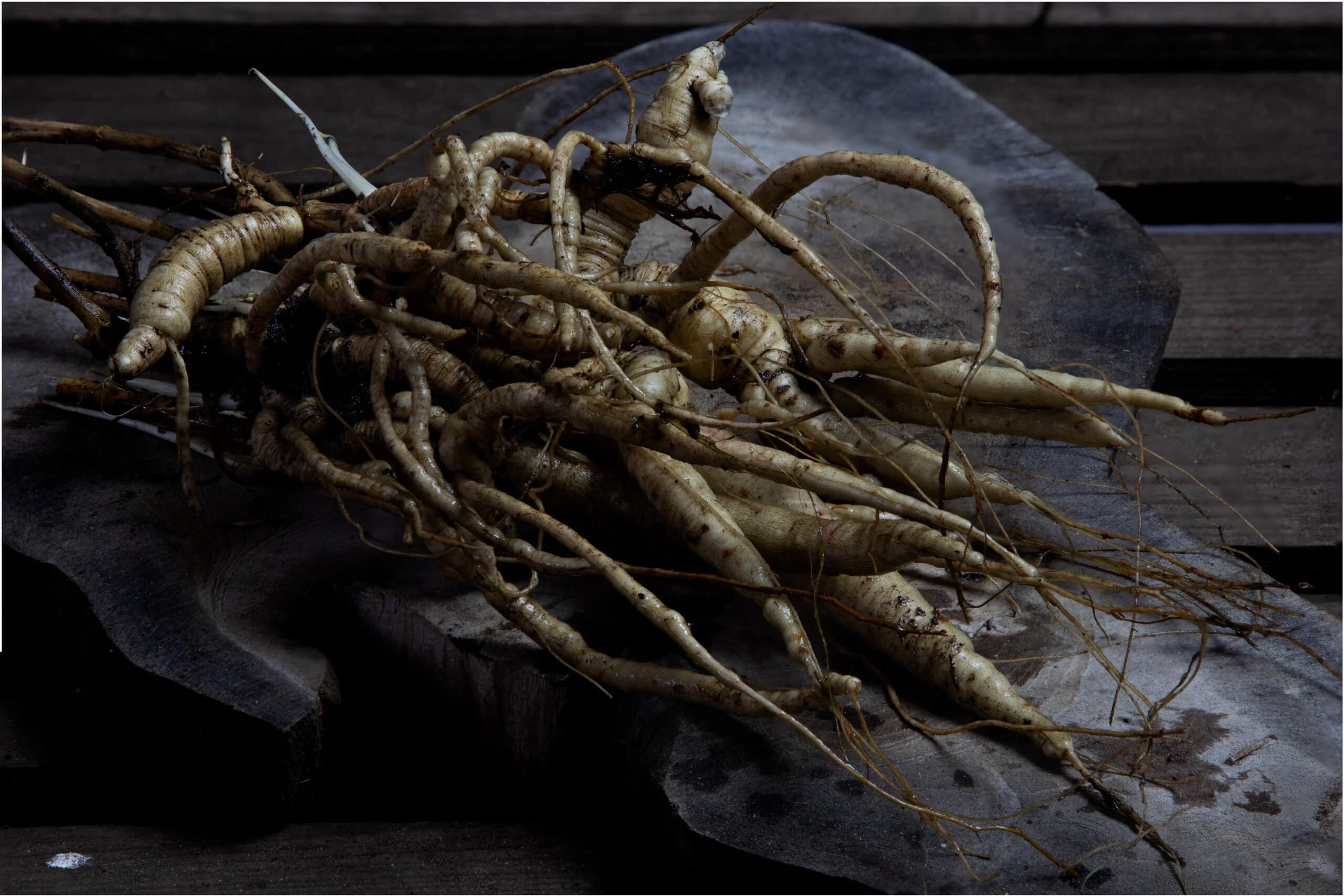
Skirret is a root vegetable that was popular in medieval Europe but has since fallen into obscurity. It produces long, slender white roots with a sweet and nutty flavor reminiscent of parsnips. Skirret is rich in carbohydrates and can be boiled, roasted, or even made into a sweet syrup. Its history as a staple crop in ancient times adds an intriguing aspect to its consumption. This vegetable’s delicate taste makes it suitable for both savory and sweet dishes.
Purple Majesty Potato (Solanum tuberosum)
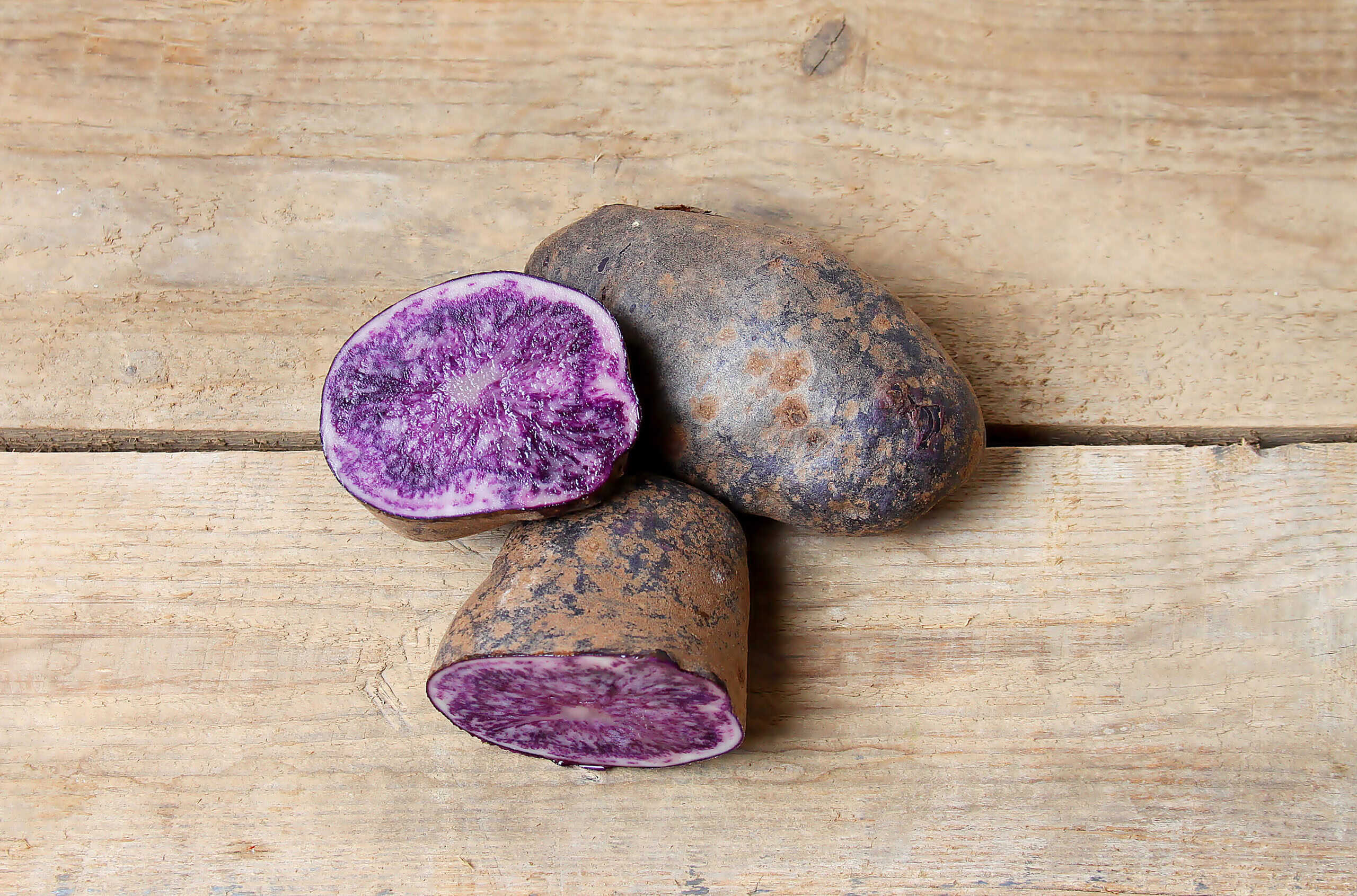
The Purple Majesty potato is an eye-catching tuber with deep purple skin and flesh. This vibrant hue is due to its high anthocyanin content, which also provides antioxidant benefits. It has a slightly nutty flavor and retains its color even after cooking. Whether baked, mashed, or roasted, this potato adds both visual appeal and nutrition to meals. Its unique color and health benefits make it a standout among potatoes.
Samphire (Salicornia europaea)
Yacon (Smallanthus sonchifolius)

Yacon, a tuber native to the Andes, is known for its sweet, juicy flesh that resembles a cross between an apple and a watermelon. It’s low in calories and high in fiber, making it a healthy and refreshing snack. Yacon is also rich in fructooligosaccharides, which act as prebiotics and promote gut health. It can be eaten raw, added to salads, or cooked into syrups and jams. This sweet tuber offers a delightful crunch and a host of health benefits.
Sea Kale (Crambe maritima)

Sea kale, a perennial plant found along European coastlines, has tender leaves and stems with a mild, cabbage-like flavor. It’s a hardy vegetable that is rich in vitamins C and K as well as fiber. The young shoots, similar in taste to asparagus, can be blanched and enjoyed as a delicacy. Sea kale’s versatility allows it to be used in a variety of culinary applications, from salads to sautés. Its coastal origin and unique taste make it a rare but valuable find.
Salsify (Tragopogon porrifolius)
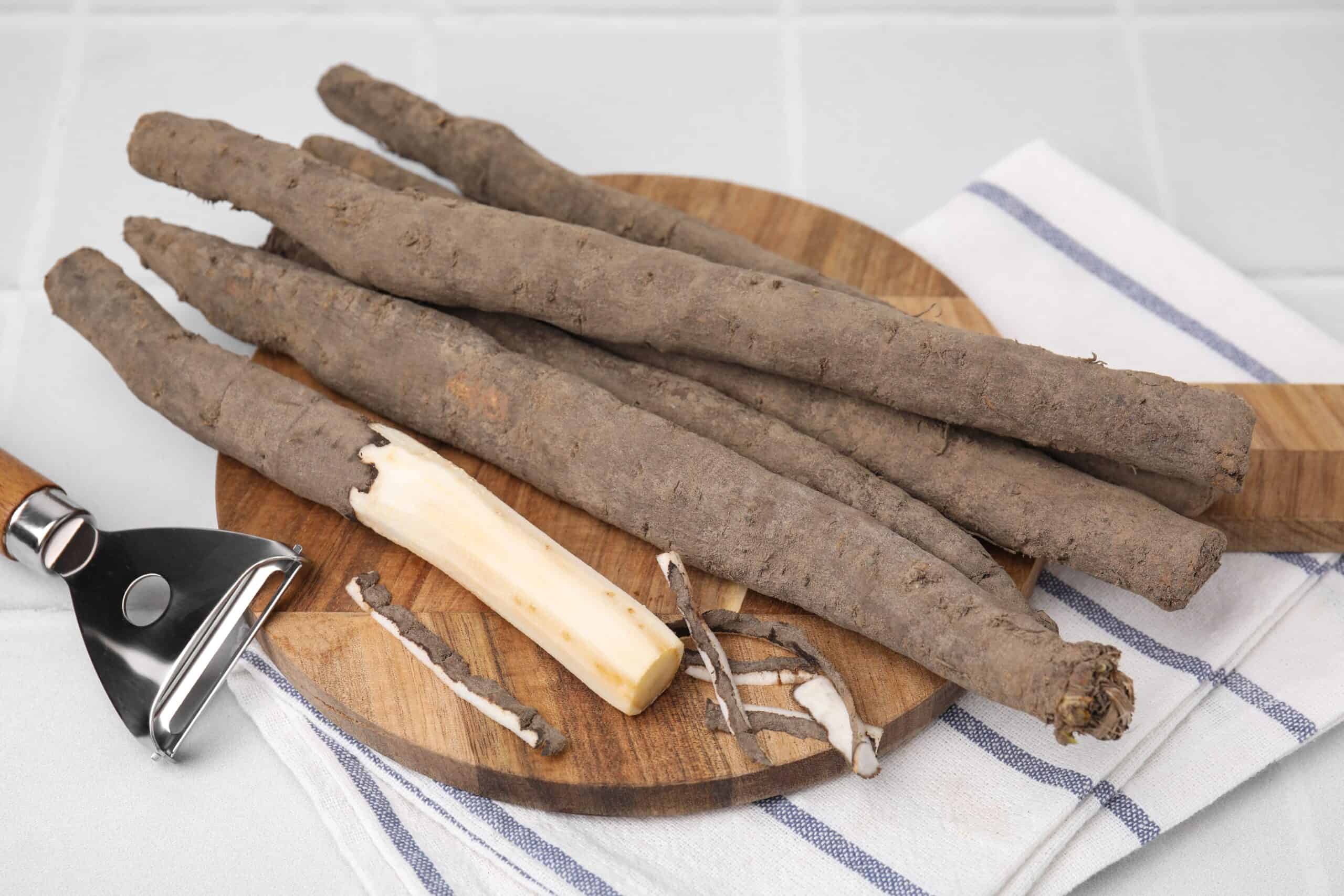
Often referred to as oyster plant due to its mild oyster-like flavor, salsify is a root vegetable with a creamy white flesh. It’s high in dietary fiber and vitamins, particularly vitamin C and folate. Salsify can be boiled, mashed, or used in soups and stews, offering a slightly sweet, nutty taste. Its long, slender roots are a culinary delicacy in many parts of Europe. The vegetable’s subtle flavor and versatility make it a unique addition to any dish.
Good King Henry (Blitum bonus-henricus)
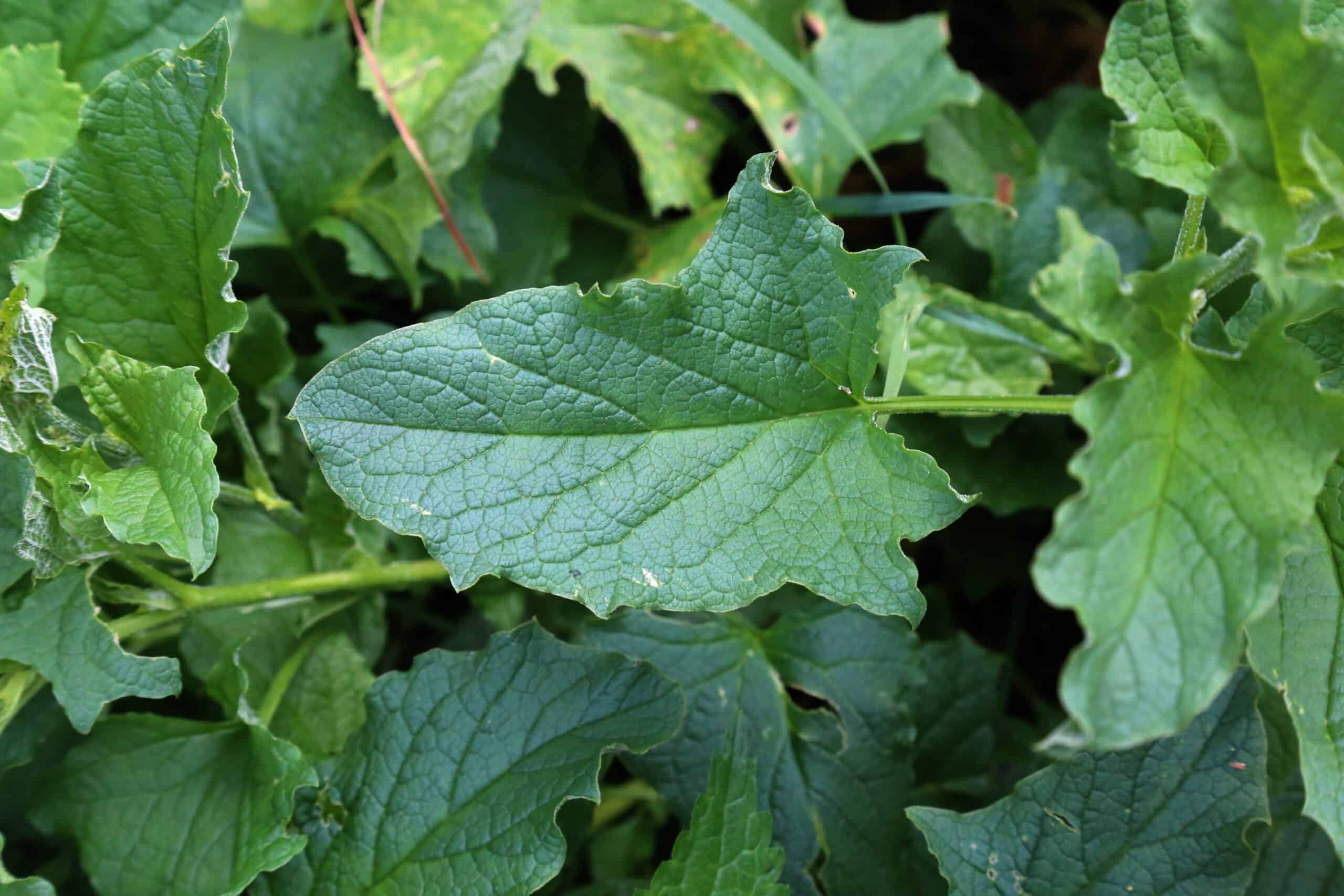
Good King Henry, also known as poor man’s asparagus, is a perennial plant with spinach-like leaves. It was a common garden vegetable in medieval times but has since become rare. The leaves are rich in vitamins A and C, and the young shoots can be cooked like asparagus. Good King Henry offers a mild, slightly bitter taste that pairs well with rich or savory dishes. Its historical significance and nutritional value make it a fascinating vegetable to rediscover.
Malabar Spinach (Basella alba)
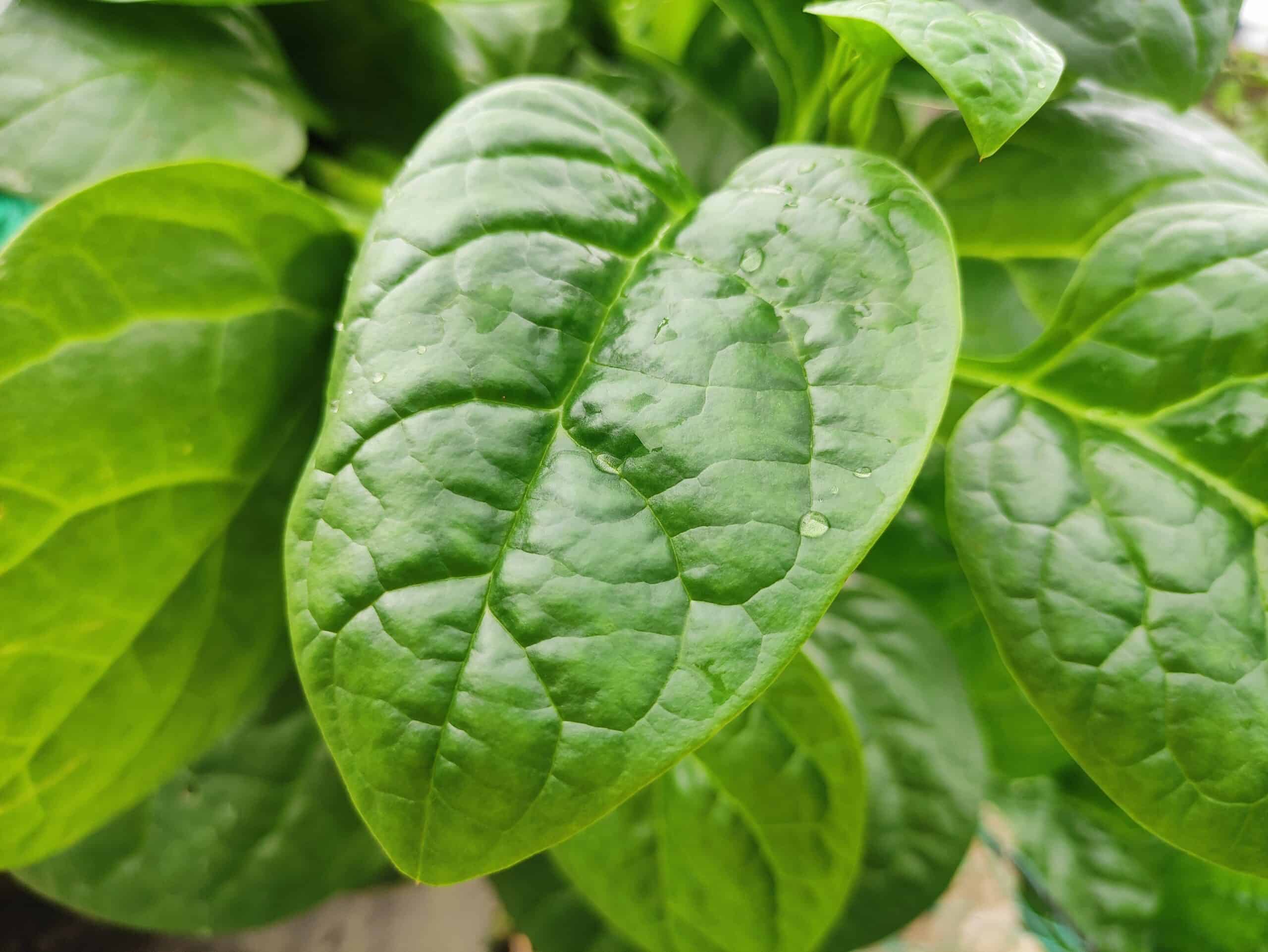
Malabar spinach, unlike regular spinach, is a climbing vine with thick, fleshy leaves. It’s a tropical vegetable that thrives in hot, humid climates and is often used in Asian and African cuisines. The leaves are rich in vitamins A and C and provide a mucilaginous texture when cooked, similar to okra. Malabar spinach can be eaten raw in salads or cooked in soups and stews. Its vibrant green color and unique texture make it an interesting and nutritious addition to meals.
Crosne (Stachys affinis)
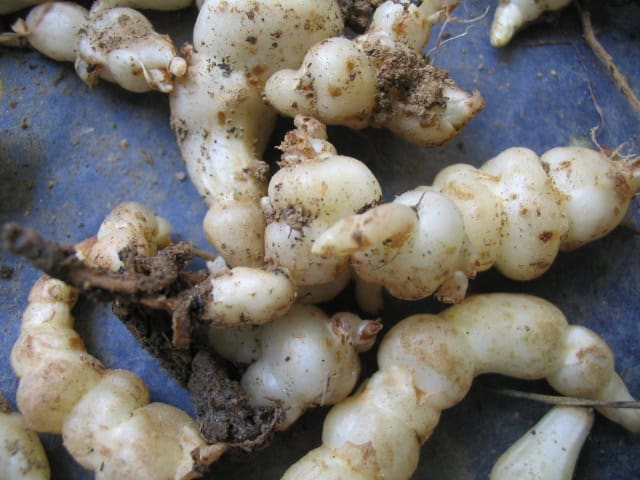
Crosne, also known as Chinese artichoke, is a small tuber with a crunchy texture and a sweet, nutty flavor. It resembles a white caterpillar and is often used in French and Chinese cuisines. Crosne is high in carbohydrates and provides a delightful crunch when eaten raw or lightly cooked. This vegetable is often pickled, sautéed, or added to salads for an exotic touch. Its unusual appearance and versatile taste make it a rare but exciting culinary ingredient.
Chayote (Sechium edule)
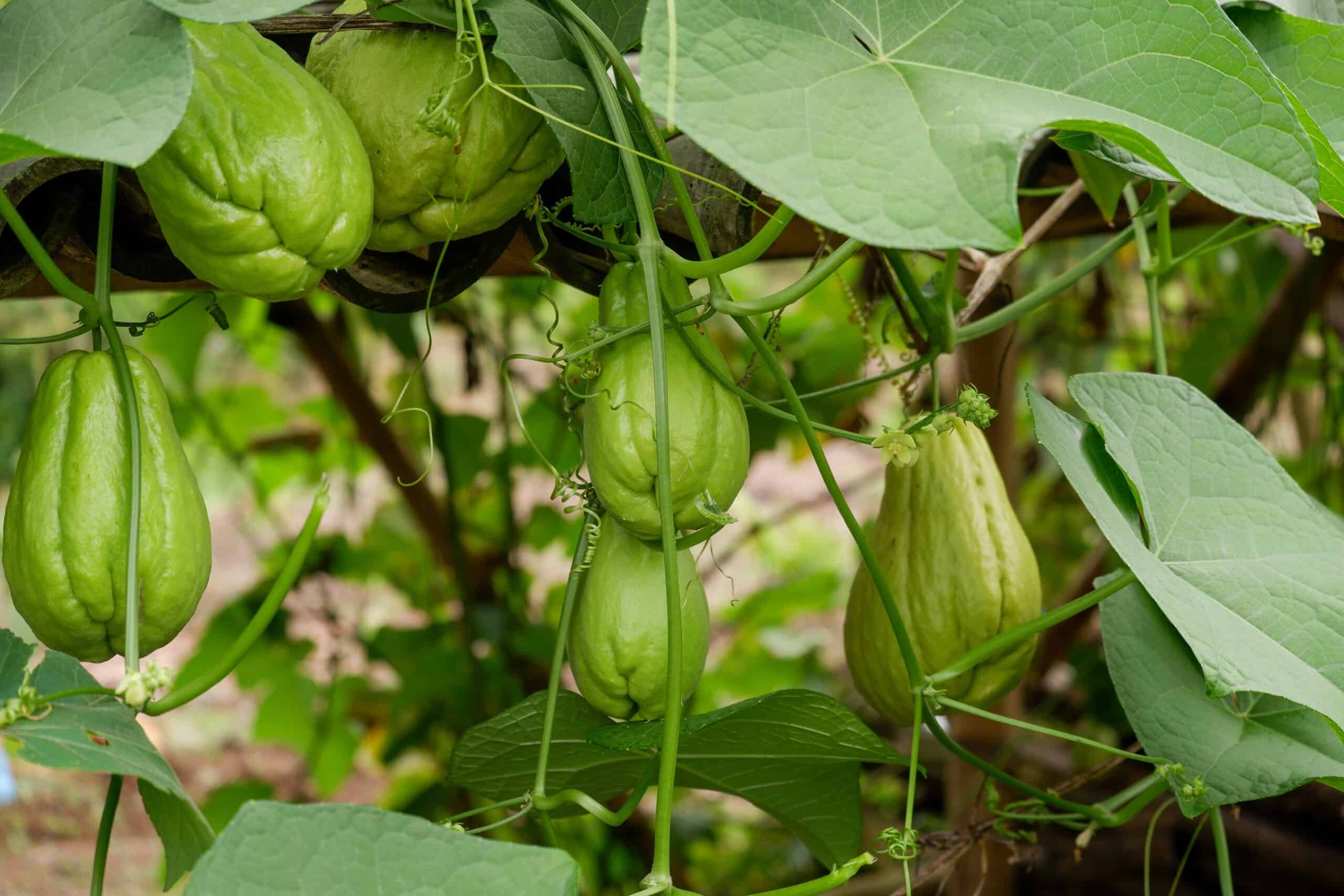
Chayote, also known as vegetable pear, is a green, wrinkled squash native to Mesoamerica. It has a mild, crisp texture and can be eaten raw, cooked, or pickled. Chayote is low in calories but high in vitamins C and K, making it a nutritious addition to any diet. Its subtle flavor allows it to absorb the spices and flavors of the dishes it is cooked in. This versatile vegetable is used in a variety of cuisines, from Latin American to Asian.
Ulluco (Ullucus tuberosus)
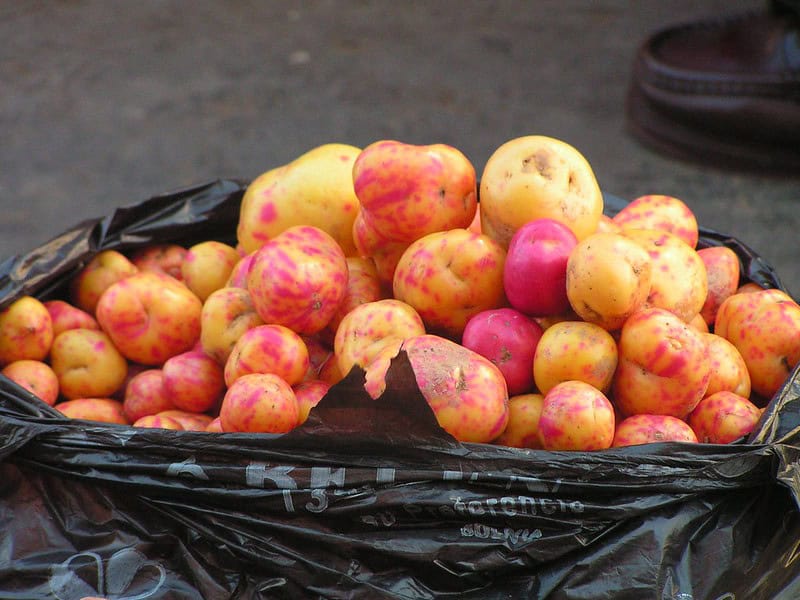
Ulluco is a brightly colored tuber from the Andean region, known for its waxy texture and slightly sweet flavor. It’s a staple in South American cuisine and is often used in soups, stews, and salads. Ulluco is rich in carbohydrates and provides essential vitamins and minerals. Its vibrant colors, ranging from yellow to purple, make it a visually appealing addition to dishes. The tuber’s unique texture and taste have made it a treasured vegetable in its native region.
Mizuna (Brassica rapa var. nipposinica)

Mizuna is a Japanese mustard green with feathery, serrated leaves and a mildly peppery taste. This leafy vegetable is rich in vitamins A and C, as well as antioxidants. Mizuna can be eaten raw in salads, sautéed, or added to soups and stir-fries. Its tender leaves and unique flavor profile make it a favorite in Asian cuisine. The vegetable’s delicate texture and health benefits make it a standout among leafy greens.
Dulse (Palmaria palmata)
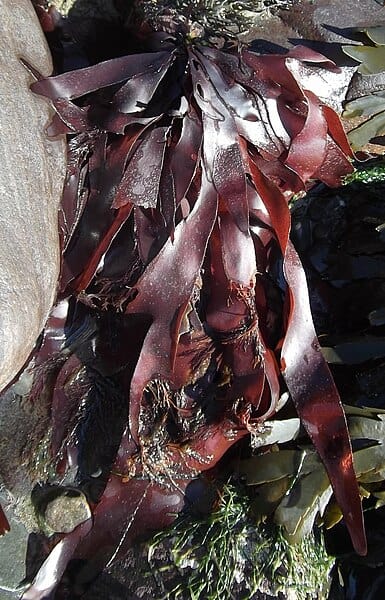
Dulse is a red seaweed found along the northern coasts of the Atlantic and Pacific Oceans. It’s rich in minerals, particularly iodine and iron, and has a slightly salty, umami flavor. Dulse can be eaten raw, dried, or cooked, and is often used as a seasoning or snack. This sea vegetable is highly nutritious and adds a unique taste to a variety of dishes. Its distinctive flavor and health benefits make it a valuable addition to the diet.
Tiger Nut (Cyperus esculentus)
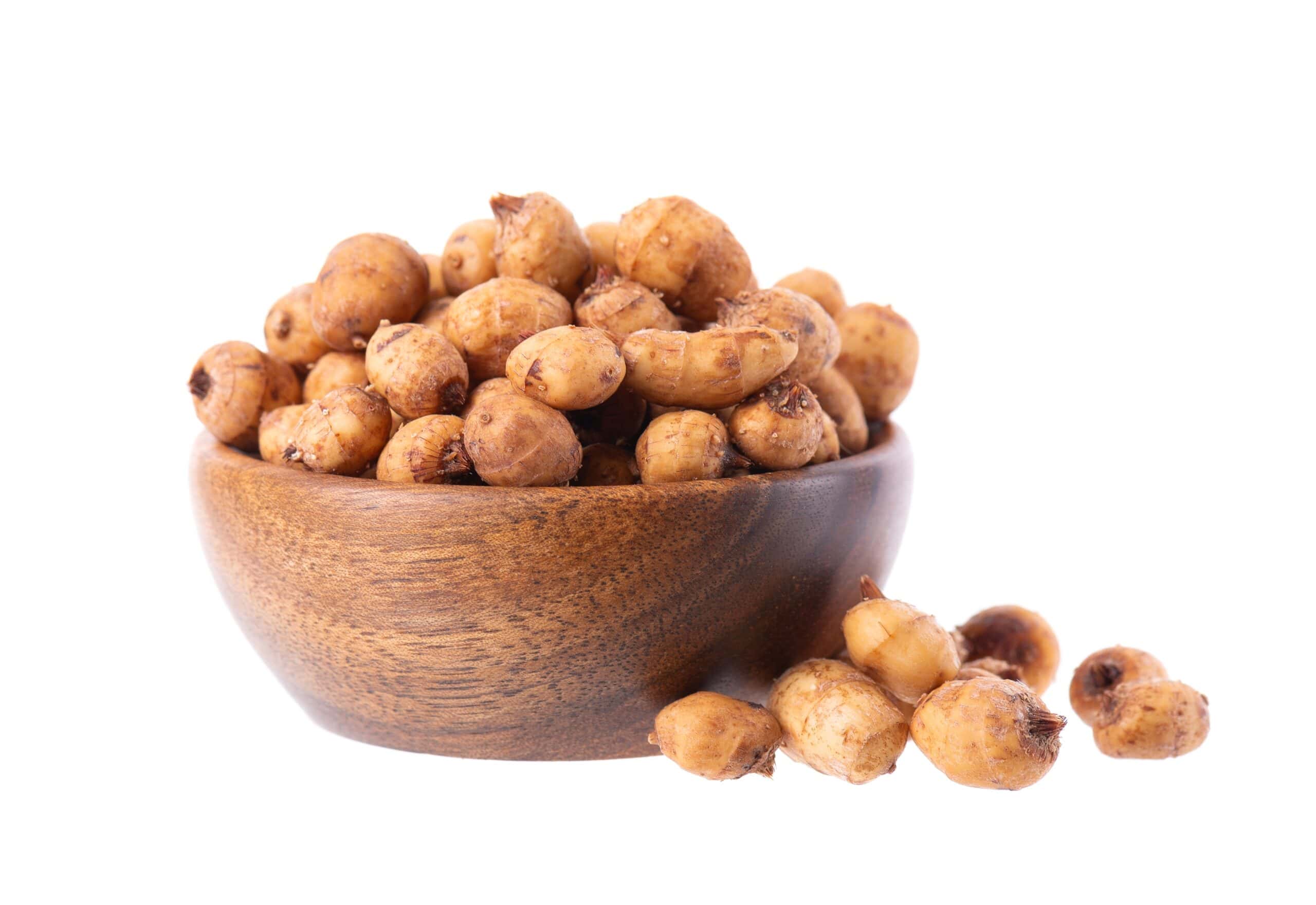
Tiger nuts, also known as chufa, are small tubers with a sweet, nutty flavor and a chewy texture. They are high in fiber and provide essential vitamins and minerals, including vitamin E and potassium. Tiger nuts can be eaten raw, roasted, or made into a sweet, milky beverage known as horchata. This ancient food has been cultivated for thousands of years and is particularly popular in Spain and parts of Africa. Their unique taste and nutritional profile make them a fascinating and healthy snack.
Kohlrabi (Brassica oleracea var. gongylodes)

Kohlrabi, sometimes referred to as German turnip, is a bulbous vegetable with a crisp texture and mild, slightly sweet flavor. It’s a member of the cabbage family and comes in both green and purple varieties. Kohlrabi is rich in vitamin C and fiber, making it a nutritious choice for a variety of dishes. It can be eaten raw in salads, roasted, or used in soups and stews. The vegetable’s unique appearance and versatility in the kitchen make it an interesting addition to meals.
Cardoon (Cynara cardunculus)
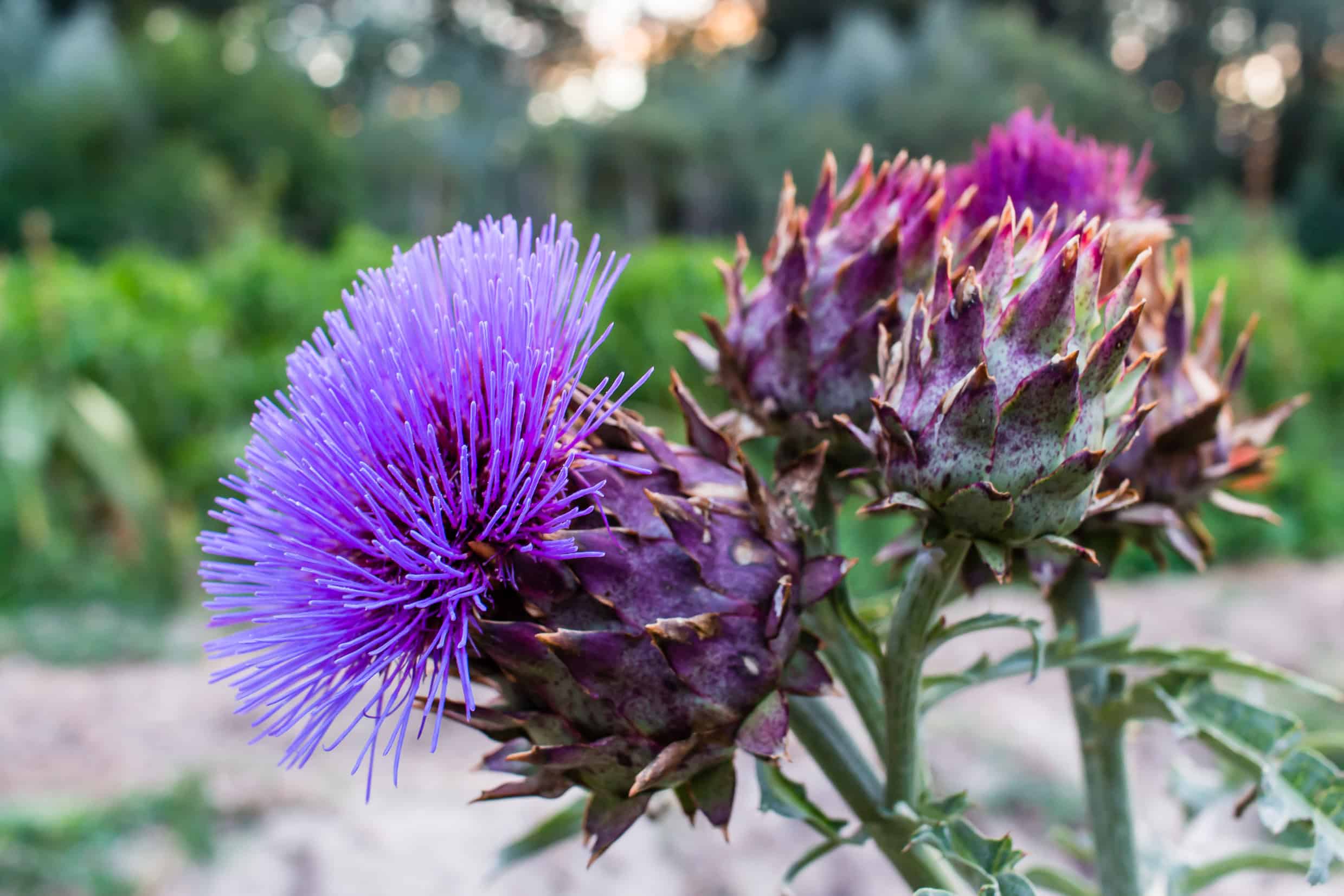
Cardoon is a thistle-like vegetable that resembles a large, spiky celery. It has a slightly bitter, artichoke-like flavor and is rich in fiber and vitamins C and K. Cardoon is often used in Mediterranean cuisine, where the stalks are blanched and cooked in a variety of dishes. This vegetable requires some preparation to remove its bitter taste, but its unique flavor is well worth the effort. Cardoon’s distinctive taste and texture make it a rare but rewarding ingredient in the kitchen.
This article originally appeared on Rarest.org.
More From Rarest.Org
Cacti are fascinating plants that thrive in some of the world’s harshest environments, showcasing an incredible variety of shapes, sizes, and adaptations. From the towering Saguaro of the Sonoran Desert to the rare and elusive Living Rock Cactus, these resilient plants have captivated botanists and gardeners alike. Read more.
Throughout history, currencies have come and gone, each carrying its own unique story and significance. Discontinued currencies often reflect pivotal moments in a nation’s history, from economic upheavals to significant political changes. Read more.
When it comes to luxury cuisine, few ingredients command the same level of fascination and expense as rare fish and shellfish. These delicacies, prized for their unique flavors, textures, and often challenging methods of harvesting, are sought after by gourmet chefs and discerning diners around the world. Read more.

